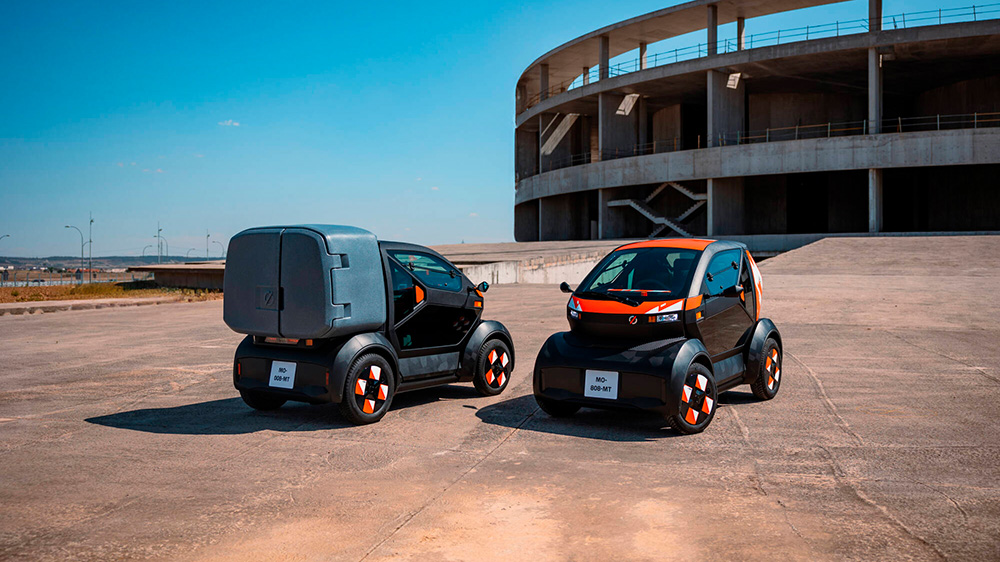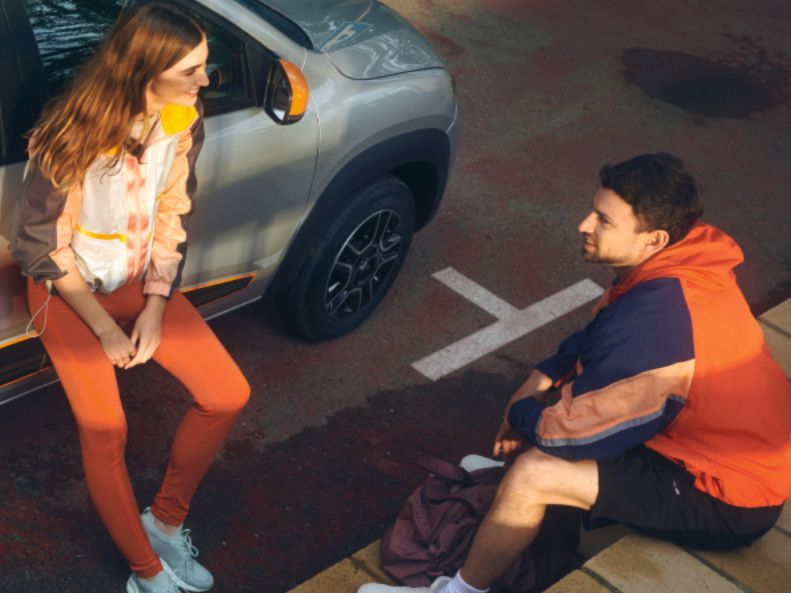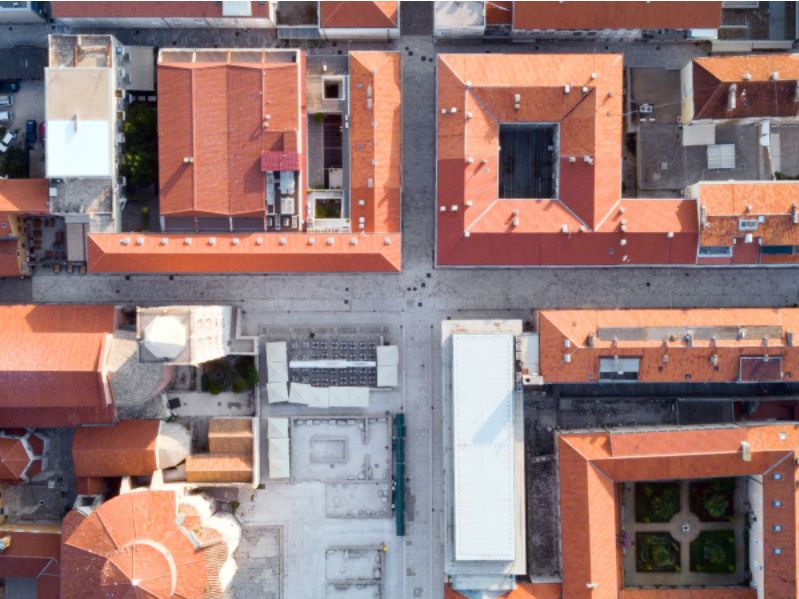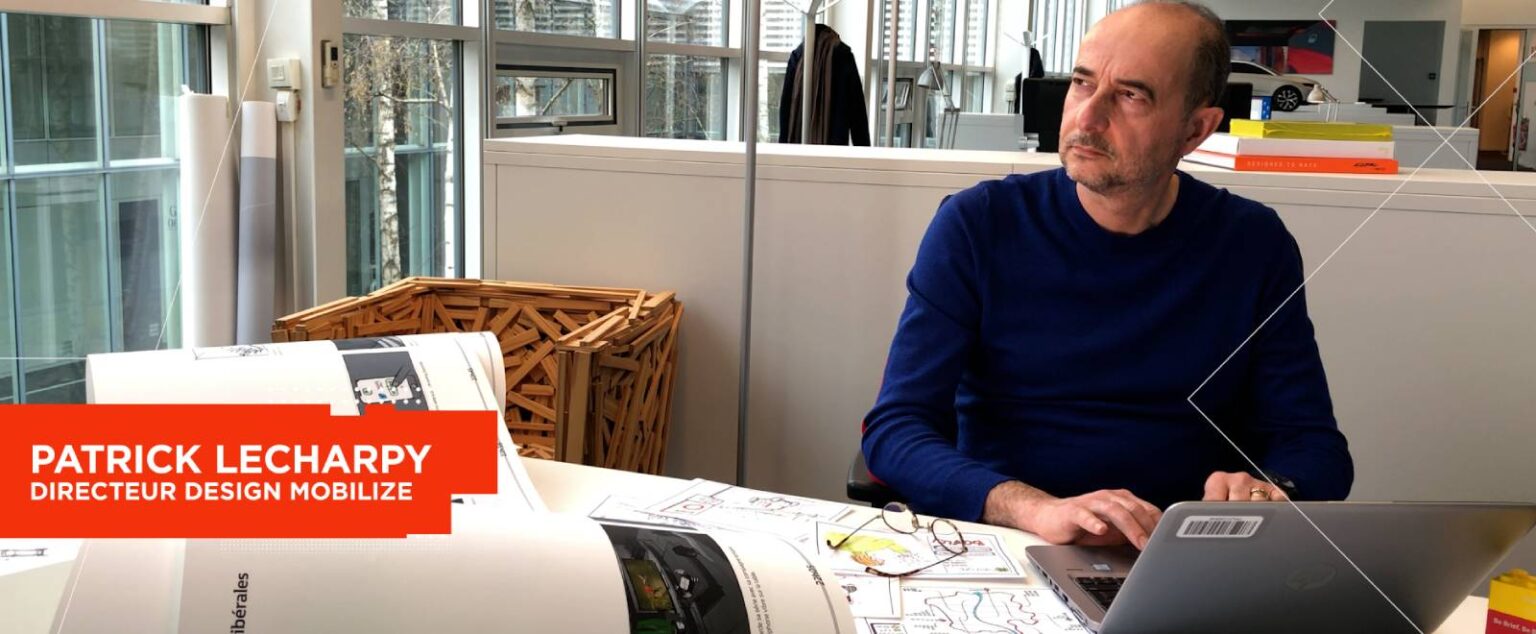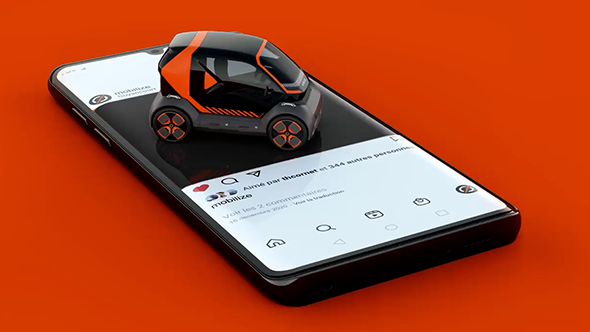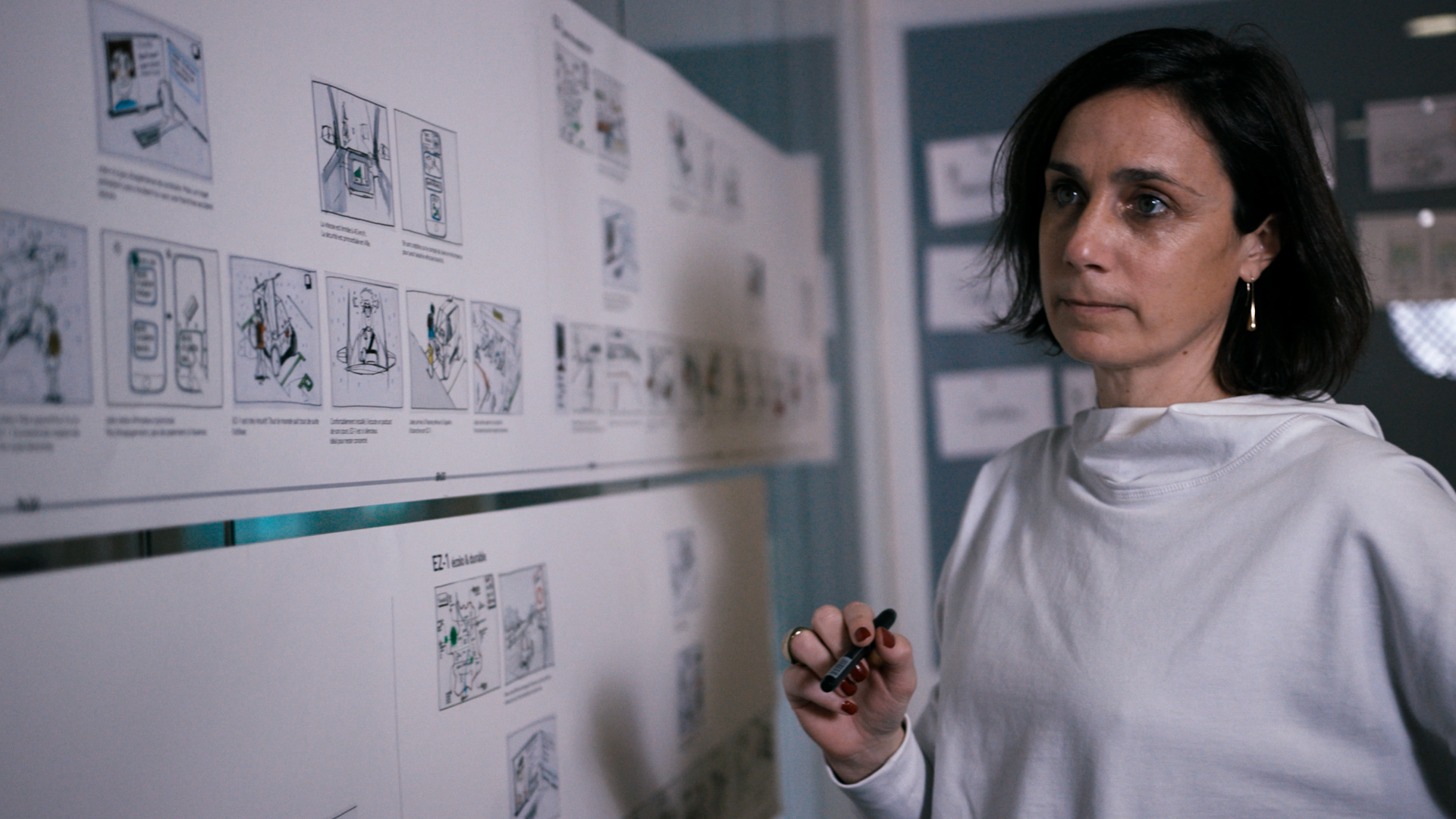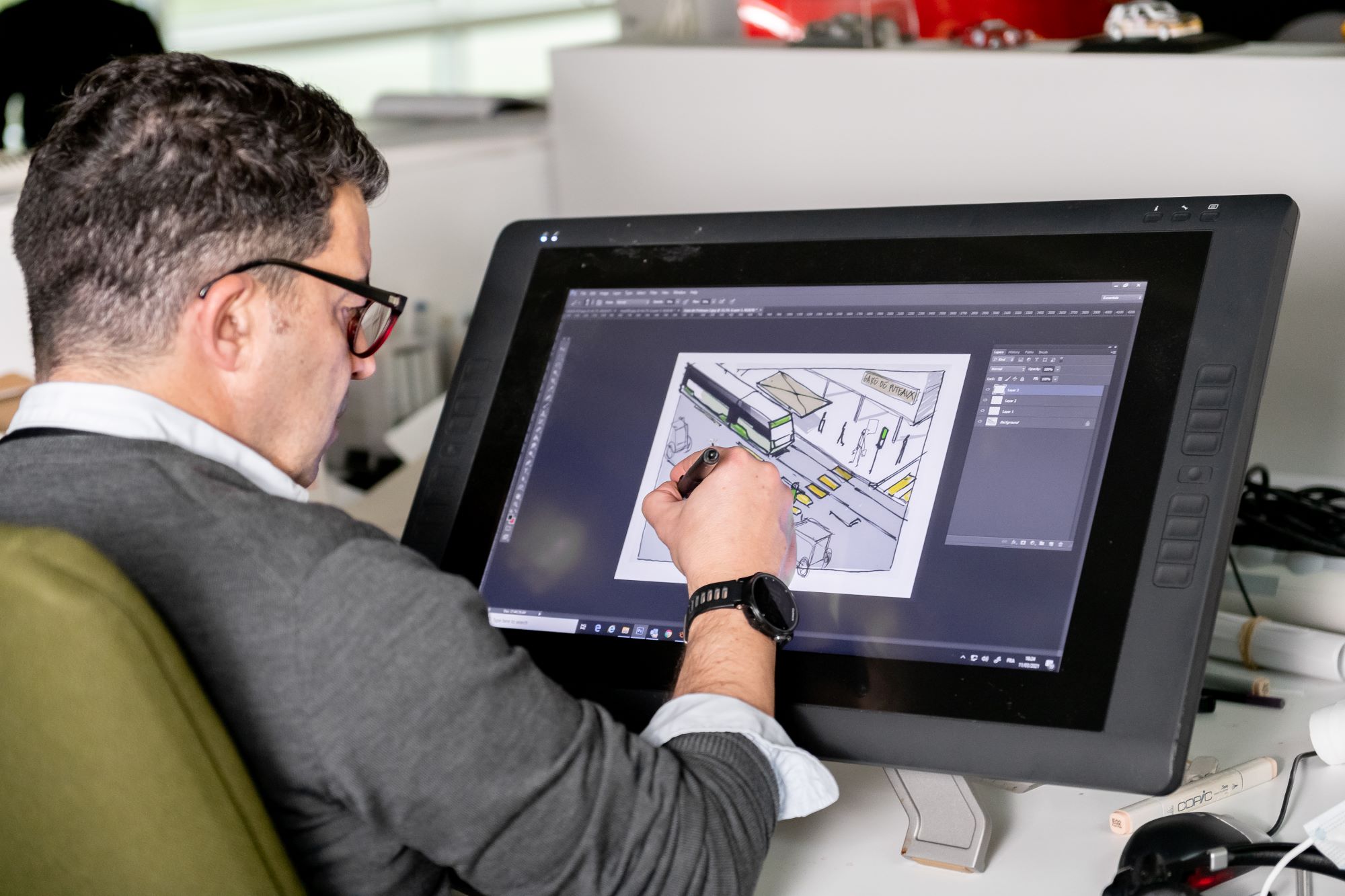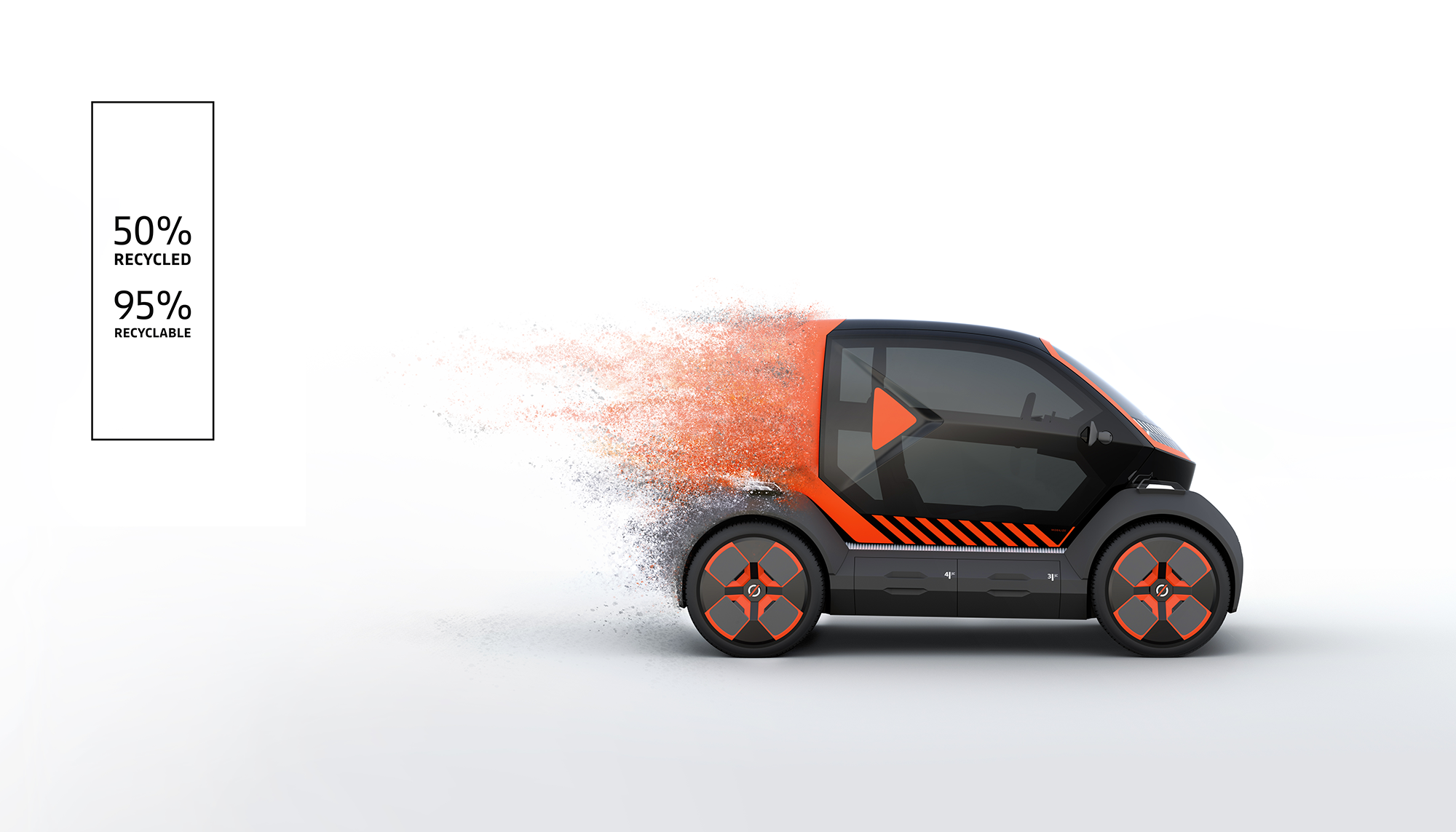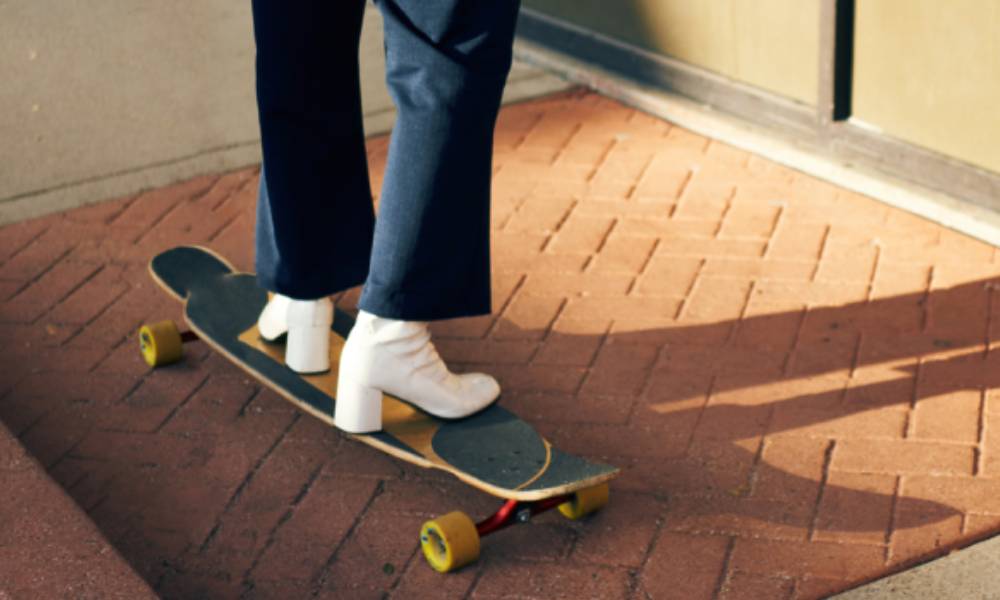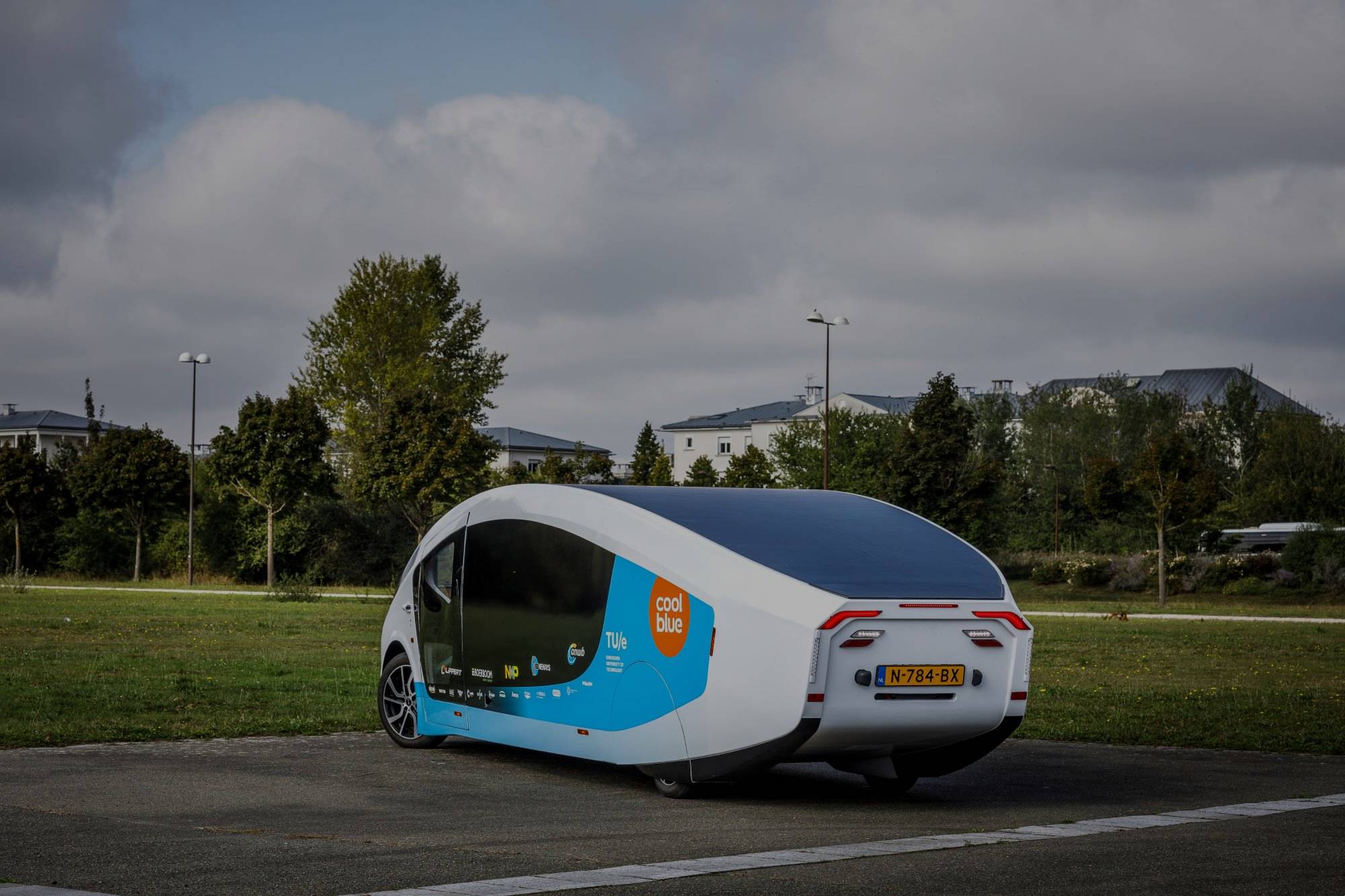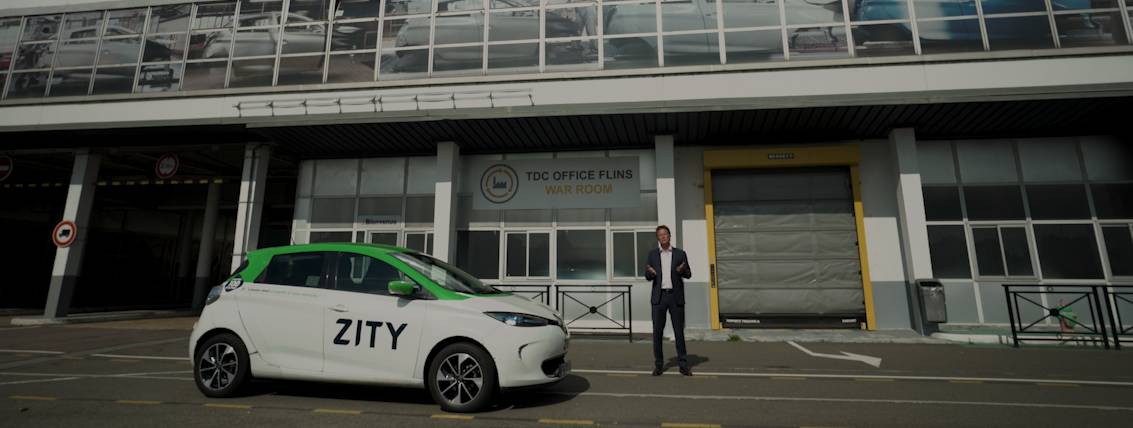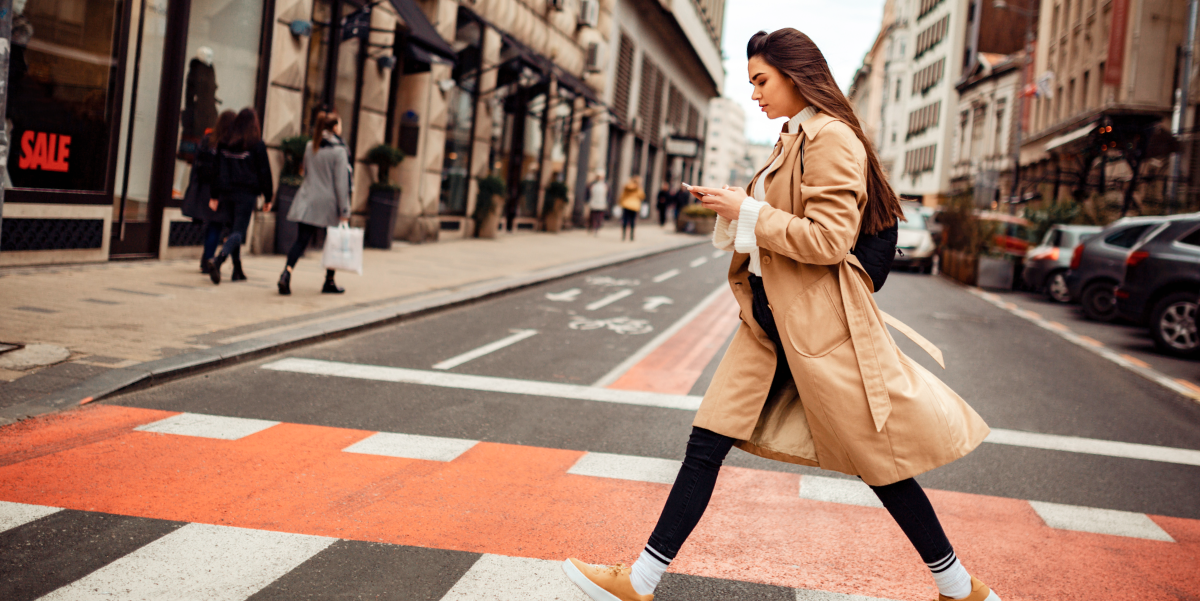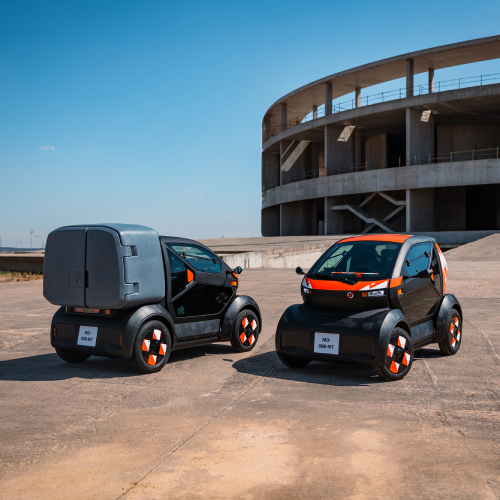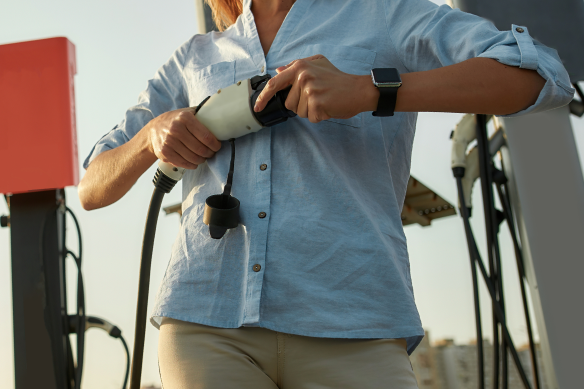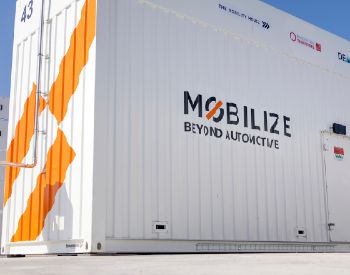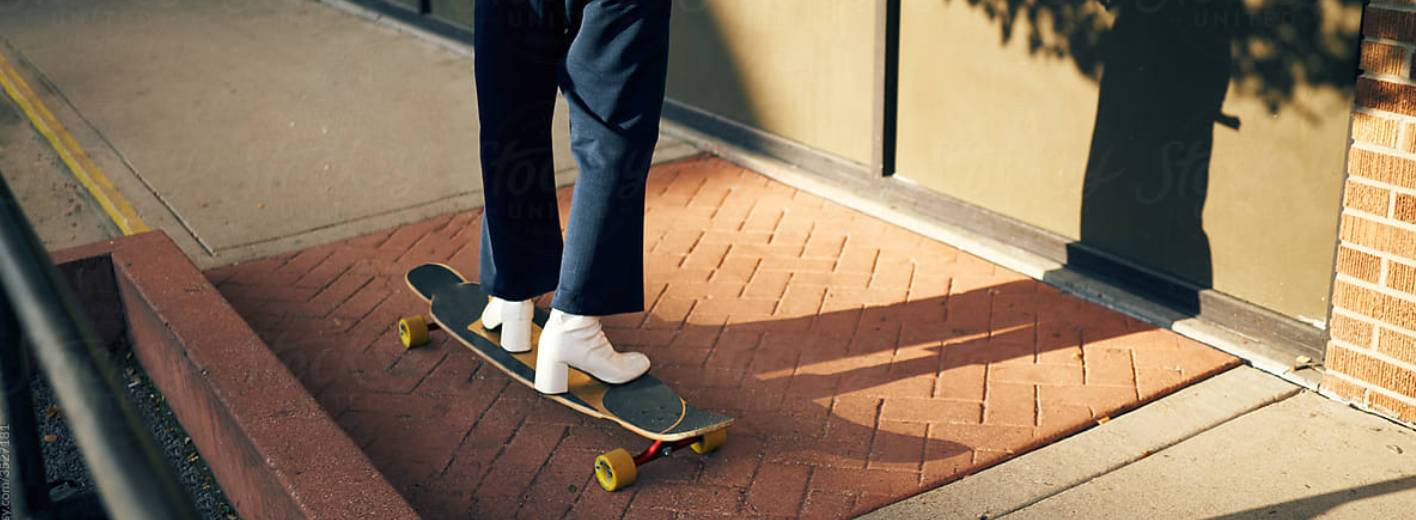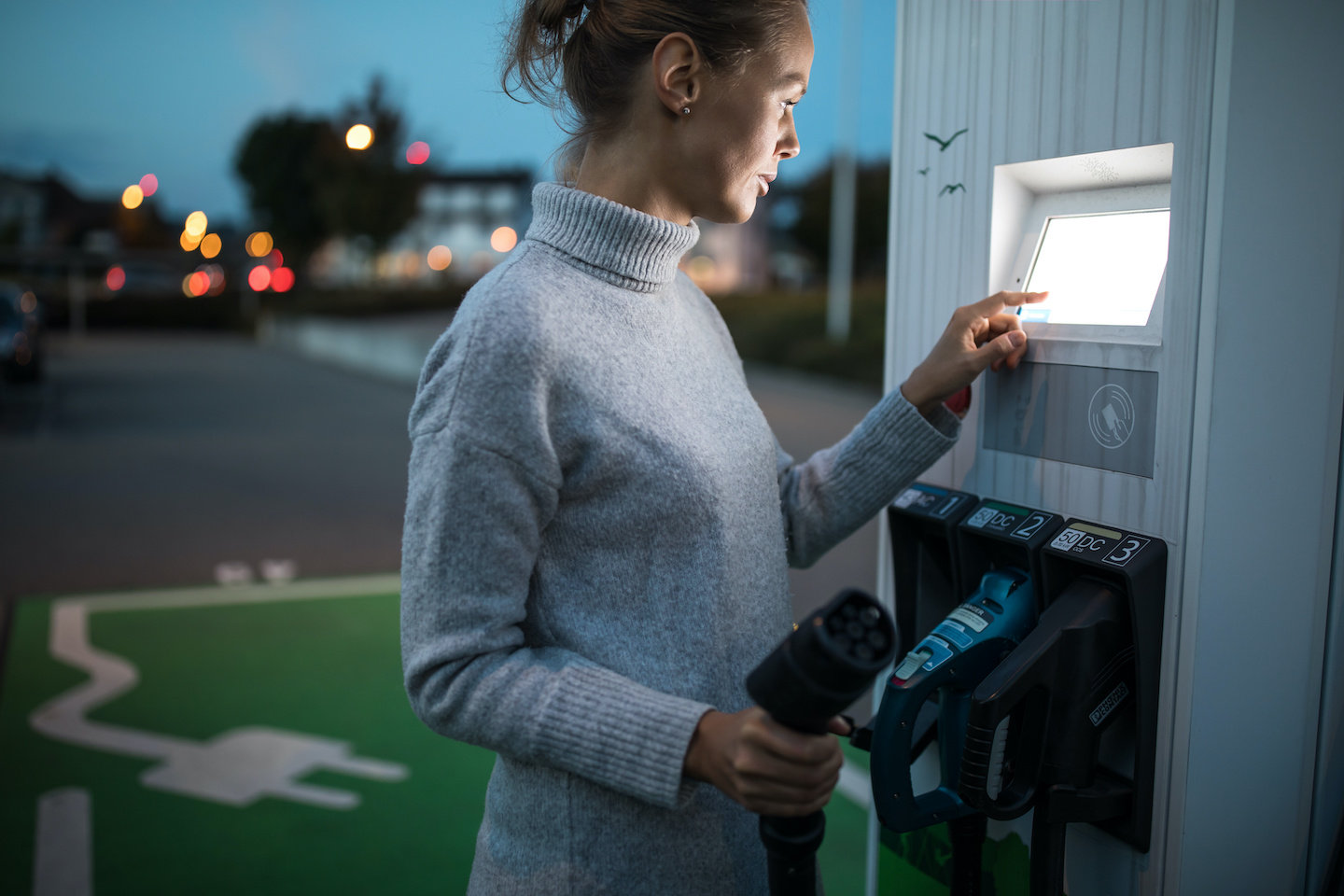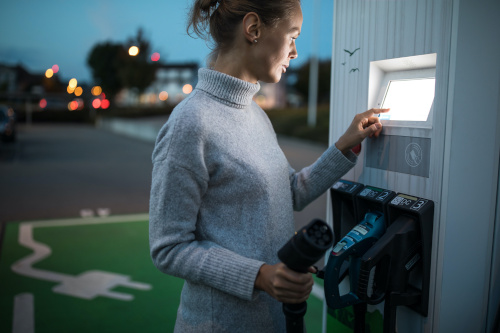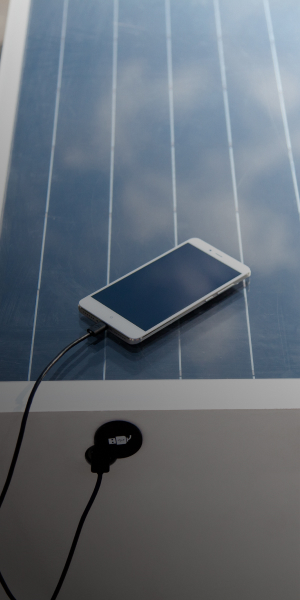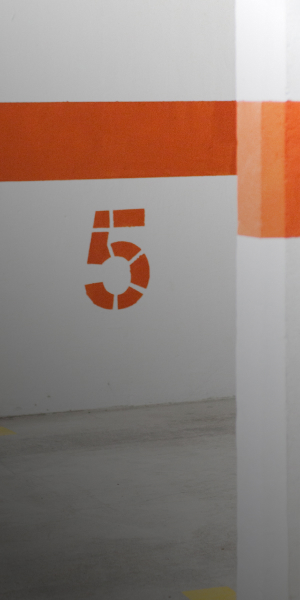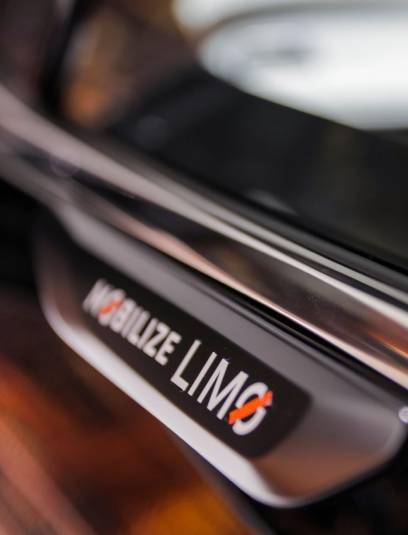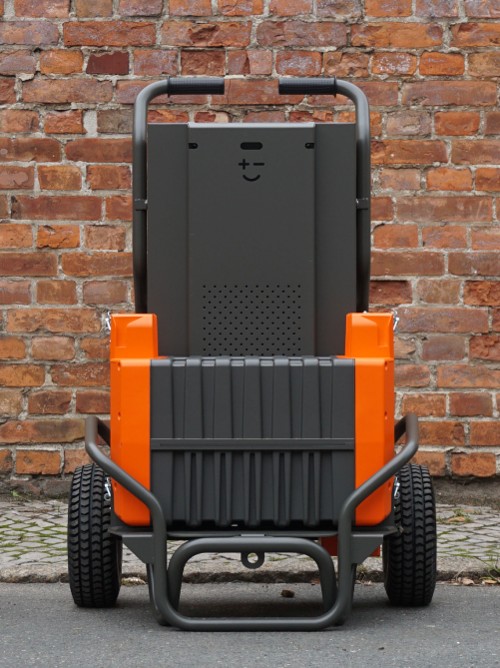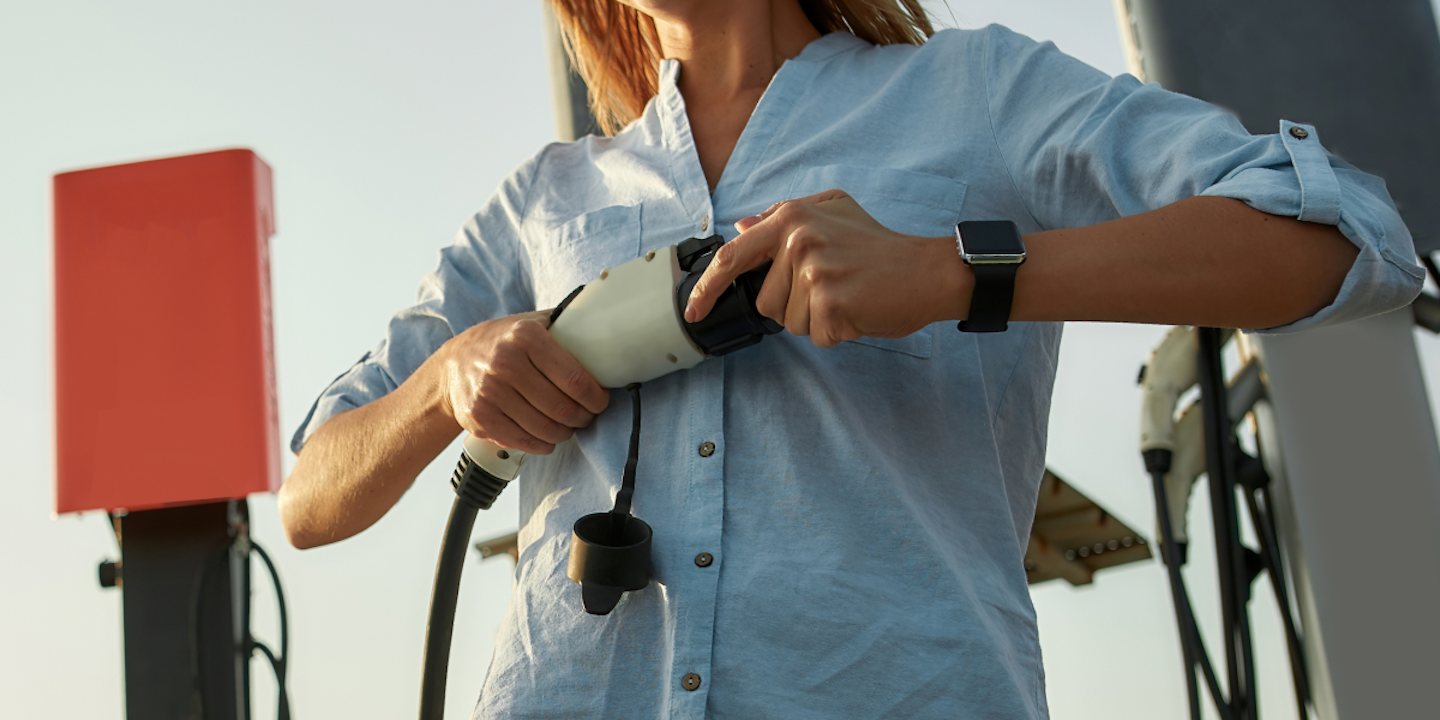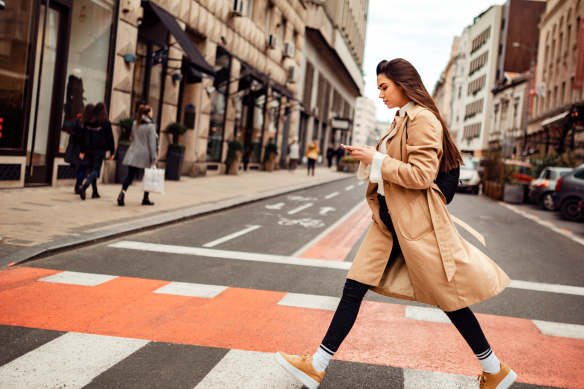Responding to the challenges and problems of travel in urban areas, designing a comprehensive experience, starting – not from the drawing board – but from the smartphone… This is how the EZ-1 Prototype was born: the realization of a mobility experience designed for the new needs of consumers, cities and operators. Patrick Lecharpy, Mobilize’s Design Director, looks back on this unprecedented ‘creative exploit’.
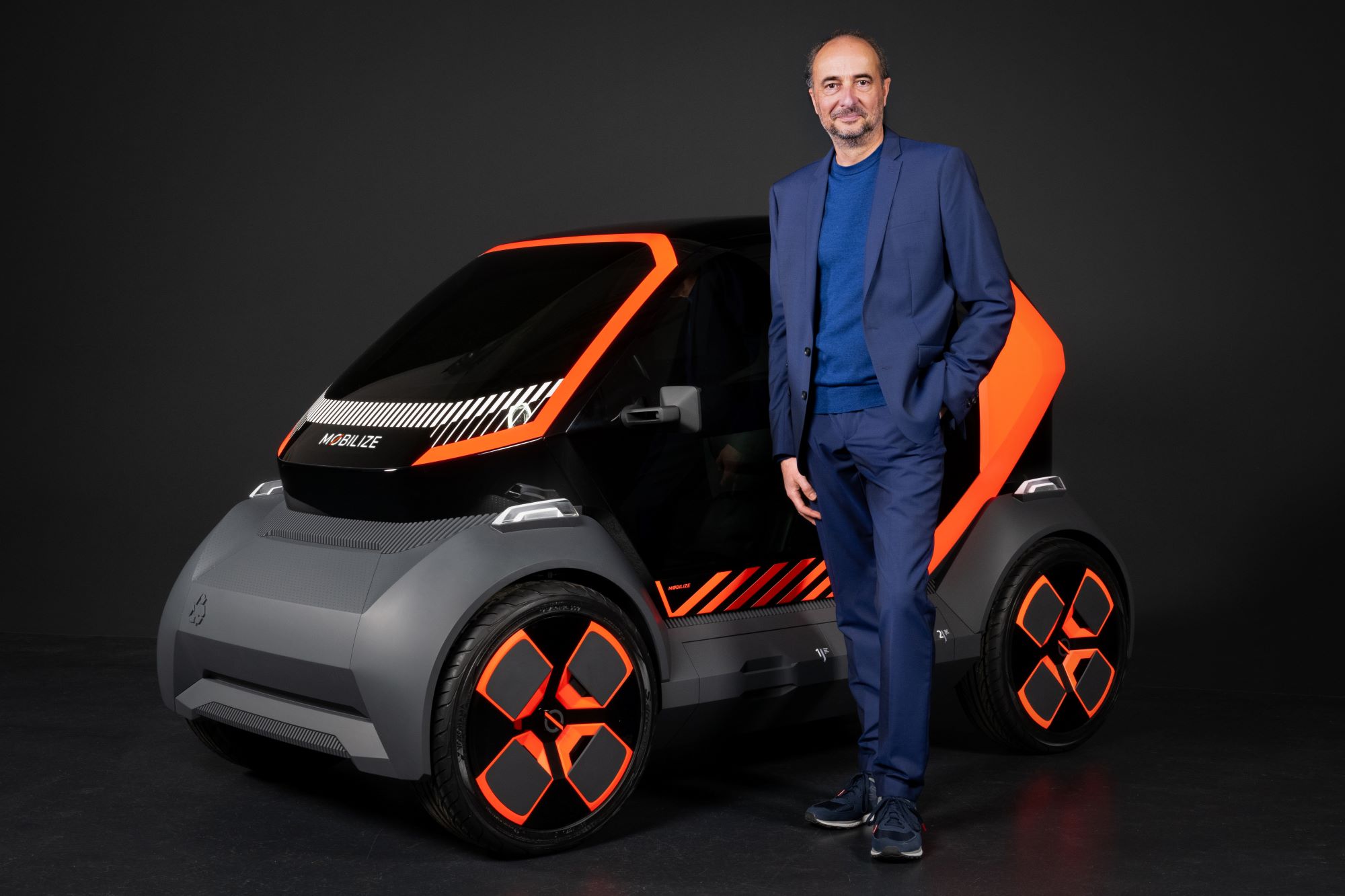
“It was the first time we were asked to imagine a mobility solution that would perfectly meet the new needs of users, cities and operators. A real challenge!”
A challenge that Patrick Lecharpy took up with more enthusiasm since the Mobilize Design entity that he heads was specially created to ‘think comprehensively’ and take into account the mobility ecosystem as a whole.
The basis of this approach is that everyone’s expectations must be considered.
Operators and municipalities have many needs: parking, congestion, multimodality, reduction of environmental impact, energy savings and the circular economy.
Users, both urban and suburban, are looking for travel solutions adapted to their professional needs, as well as their personal needs… without having to invest in a vehicle.
In any case, a mobility experience cannot be conceived without a smartphone application. It’s where users start their experience, it’s their first point of contact with the service. In this approach, it is also the application that must allow users to recognize the vehicle remotely, to unlock it or even take a virtual tour of its interior.
An unprecedented request, an unprecedented response
“Once we had all these elements, our mission was very clear,” says a smiling Patrick Lecharpy, “we had to create a vehicle that would provide a service that would meet all the needs of all customers for all possible uses. And, of course, it needed to look good!”
So we had to invent a new creative approach!
The Mobilize Design team boasts a major advantage: it is structured like a startup, made-up of creatives who use the city on a daily basis, tuned into the expectations of future customers and capable of expressing them in terms of experience and design.
Although local authorities and operators provided a lot of food for thought, Patrick Lecharpy wanted to go further and capture the new cultural and emotional forces of today.
“The best approach was to send my team directly to the source, to get the most accurate information, on the ground.”
The whole team got involved: some tested the existing offers while others experimented for a few months with all the different modes of shared transport.
Everyone then shared their feelings and observed uses with Eduardo, Interaction Designer, who then sketched the first storyboards. Little by little, the EZ-1 Prototype began to take shape…
A new experience in shared mobility
“This new approach allowed us to capitalize on all these experiences and, to our great surprise, move forward much faster in a very responsive and interactive way,” recalls Patrick Lecharpy.
For the Design team, it was the first time that so many experiences were pooled around a single project. And all of them proved to be essential to design the most relevant experience around a connected, electric, recycled, recyclable vehicle, dedicated to car-sharing. More than just a means of transportation, the EZ-1 Prototype will be a new experience in shared mobility.
“We want to offer as many people as possible the chance to access a means of transportation that is easy to use, fun and even playful, without the need to purchase the object,” explains Patrick Lecharpy. “In terms of mobility, we are truly in the process of writing ‘the next story’.”
